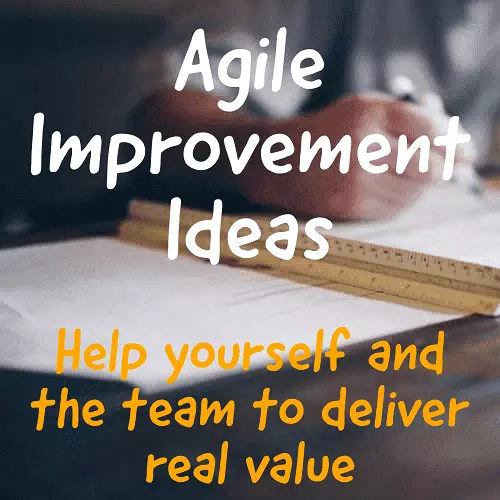Process entrenchment is the tendency of an organization to resist change. This can be a challenge when it comes to improving entrenched processes, which are those that have been in place for a long time and are difficult to change. However, there are a number of effective ways to improve entrenched processes.
One of the most important things is to have a clear understanding of the current process. This includes understanding the purpose of the process, the steps involved, and the people who are involved. Once you have a good understanding of the current process, you can start to identify areas where it can be improved.
There are a number of factors that can contribute to the entrenchment of a process. These can include:
- The process is seen as working well enough.
- There is a lack of understanding of the benefits of change.
- There is fear of the unknown.
- There is a lack of resources to implement change.
Once you have identified the factors that are contributing to the entrenched process, you can start to address them. This may involve providing training on the benefits of change, creating a plan for implementation, or providing resources to help with the transition. Remember, it took time to build the entrenchment and it will take time to get on a improved processes.
It is also important to get buy-in from the people who are involved in the process. This means explaining the need for change and the benefits of the new process. It also means being open to feedback and making changes as needed.
Finally, it is important to be patient. It takes time to change entrenchment. Don’t expect to see results overnight. Just keep working at it, and eventually you will be successful.
Here are some specific tips for improving the entrenchment of a process:
- Start small. Don’t try to change everything all at once. Start by identifying one or two areas where you can make a significant improvement.
- Be data-driven. Make sure you have data to support your case for change. This will help you to build credibility with those who are resistant to change.
- Get buy-in from key stakeholders. Identify the people who are most important to the success of the change process. Get their buy-in early on and make sure they are involved in the planning and implementation of the changes.
- Be patient. Change takes time. Don’t expect to see results overnight. Just keep working at it, and eventually you will be successful.
Improving entrenched processes can be challenging, but it is possible. Combine these tips with the following ideas to help with your entrenched processes.
Additional ideas to help with process entrenchment
- Conduct a process audit: Analyze the existing process to identify areas of inefficiency and identify opportunities for improvement.
- Gather feedback from stakeholders: Consult with employees, customers, and other stakeholders to gather their input on the process and what changes they would like to see.
- Assign process owners: Assign clear ownership for each step in the process to ensure accountability and clarity.
- Automate repetitive tasks: Use technology to automate repetitive tasks and reduce the workload on employees.
- Simplify the process: Identify unnecessary steps and simplify the process to reduce complexity and increase efficiency.
- Implement process controls: Implement process controls such as quality assurance checks to ensure that the process is working as intended.
- Train employees: Train employees on the new process and provide them with the tools and resources they need to succeed.
- Continuously measure and monitor the process: Continuously measure the effectiveness of the process and monitor for areas that need improvement.
- Reward process improvements: Reward employees for identifying and implementing process improvements to encourage a culture of continuous improvement.
- Implement agile methodology: Adopt an agile approach to the process by breaking it down into smaller, manageable tasks and continuously iterating and improving upon it.



